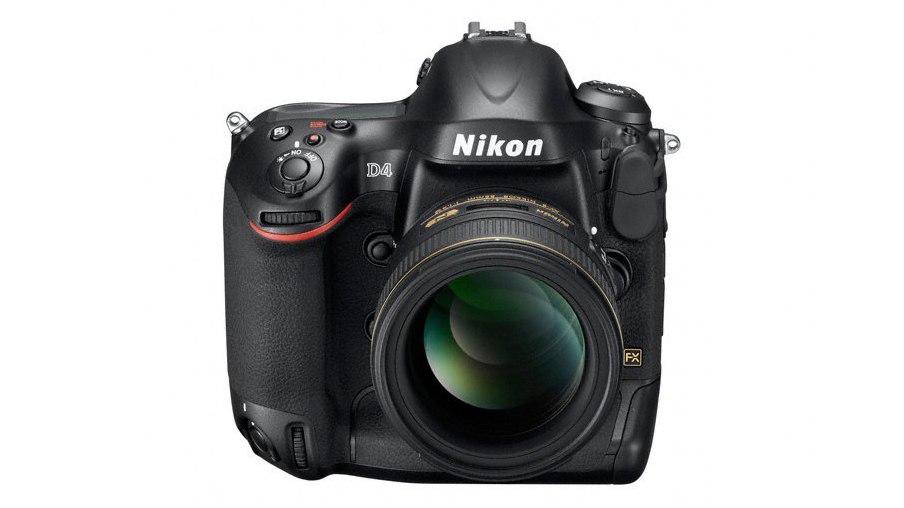Why you can trust TechRadar
Images look good straight from the Nikon D4 - on the whole they are well exposed when the general purpose matrix metering system is used, and the colours and contrast look natural.
There is also an impressive amount of detail visible in images taken throughout the native sensitivity range. As we might expect, however, the 16MP Nikon D4 can't quite match the 24MP Nikon D800 for detail resolution at the lower sensitivity settings.
Nikon's decision to restrict the Nikon D4's effective pixel count to 16.2 million appears to be a wise one, since noise is extremely well controlled throughout the native sensitivity range. Even images captured at ISO 6400 and ISO 12800 look great when sized to make A3 prints.
The dynamic range is also impressive and shadows can be lightened significantly without fear of revealing noise or missing detail.
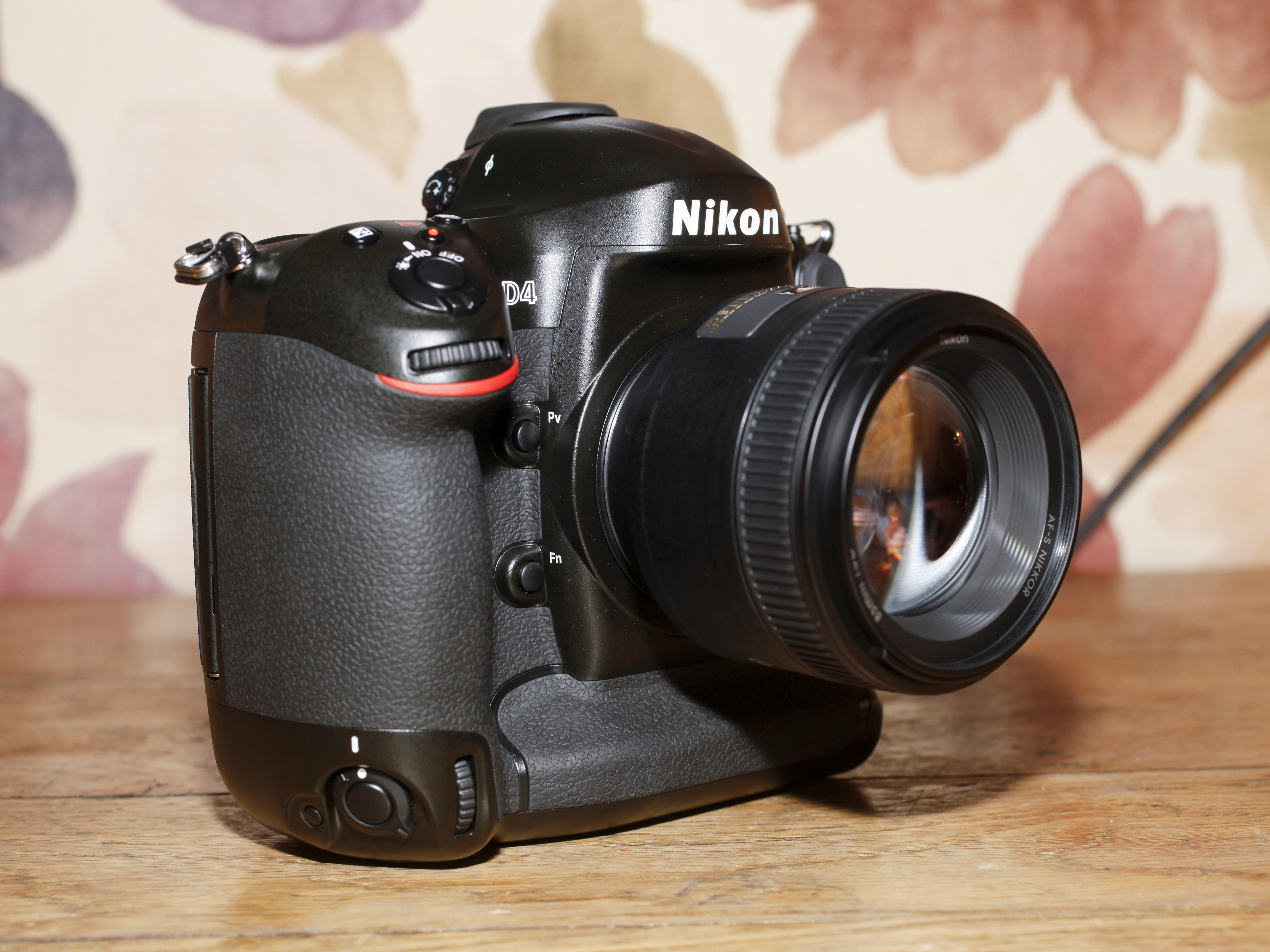
The expansion settings are probably best reserved for emergency situations, but they too can produce reasonable results. In images taken at the very highest expansion setting (equivalent to ISO 204,800), the noise takes on a linear pattern, which is visible in all the channels (red, green and blue) and at normal viewing sizes.
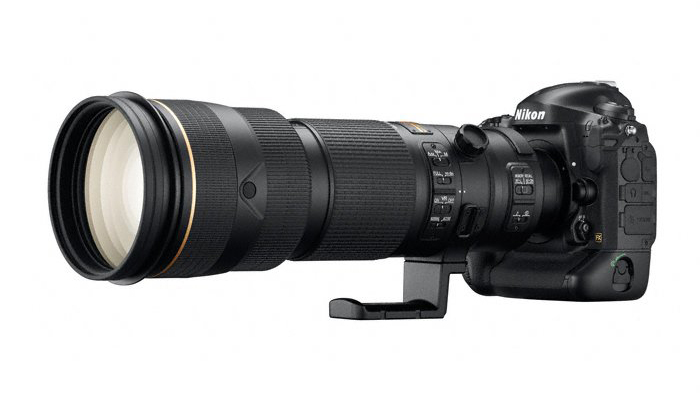
Meanwhile, the automatic white balance (AWB) system does an excellent job in most situations. There's an alternative automatic white balance option to preserve some of the colour when shooting in warm lighting conditions, but we preferred the results using the standard AWB setting when shooting indoors under mixed light.
Since the AF system is a tweaked version of the one in the D3S, it's not a major revelation to discover that it is incredibly fast and effective. However, as before it is also fairly complex, and getting the best from it demands some understanding of the subject as well as how to tailor the AF system.
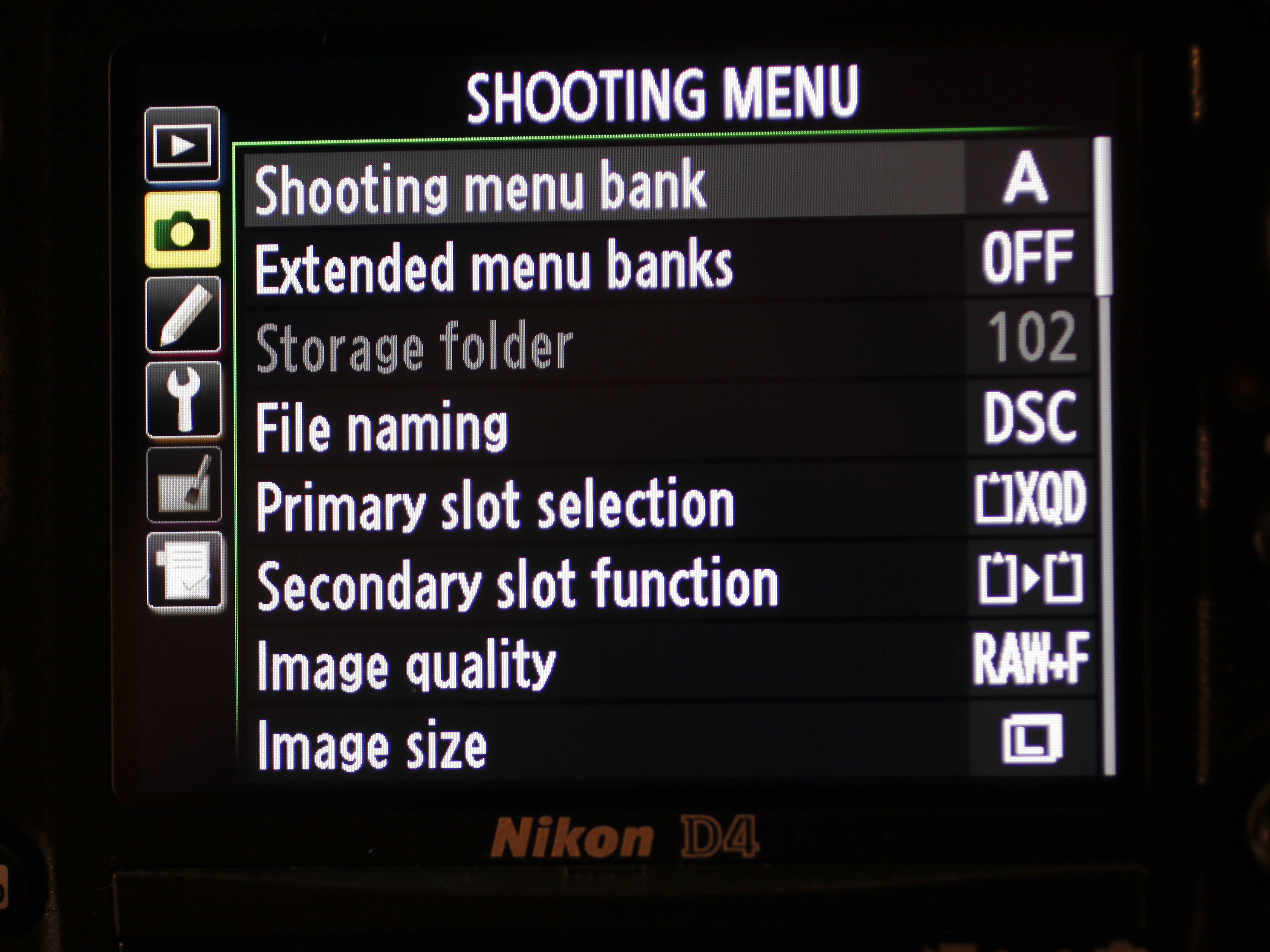
On some occasions, for example, it may be sensible to set the camera to respond quickly to changes in the subject distance, but when following a moving subject around an area where objects such as pillars or posts may momentarily obscure the subject, some delay is recommended to prevent the lens from focusing on the construction and then having to refocus on the subject.
The 3D-tracking AF system can be extremely useful, but it relies on a clear difference in colour between the subject and its background.
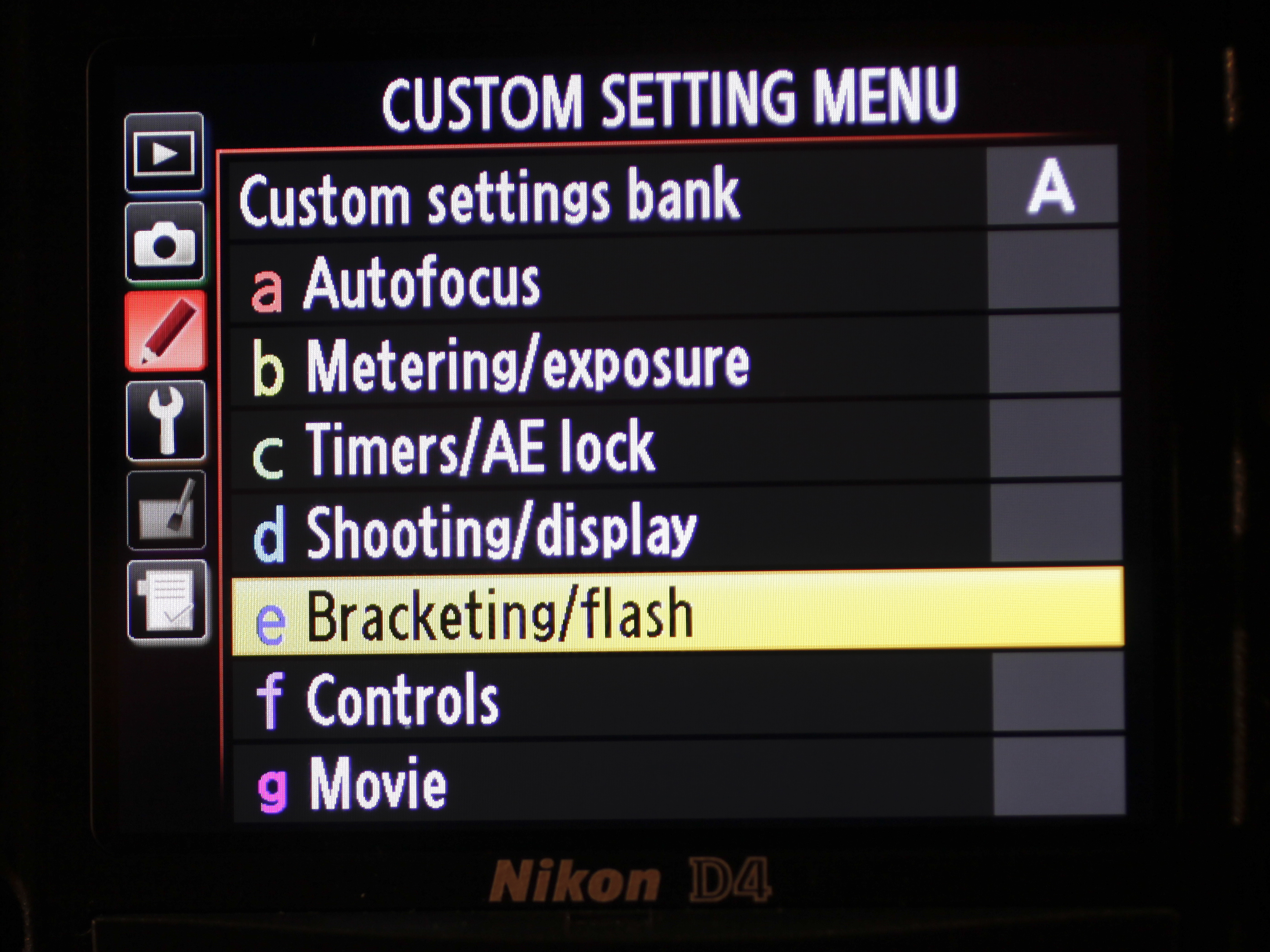
If there is a strong difference, AF points light up across the frame as the subject moves. However, if the camera struggles to differentiate between the subject and the background colours, or there are other objects in the frame that are of the same colour as the subject, the system fails to track the main target and the active AF point jumps from one point to another.
The Nikon D3s's AF system has a strong reputation among professional sports photographers and the Nikon D4's proves to be just as good, if not better in some situations.
However, Nikon's claims for its low light capability had perhaps raised our expectations a little higher than they should have been. While the Nikon D4 can certainly cope with low light, it isn't perfect and can struggle a little in atmospheric restaurant-type lighting.
Nikon was the first manufacturer to really push the number of AF points in an SLR, and while 51 is still a high number, it's disappointing that they are restricted to the central portion of the imaging frame.
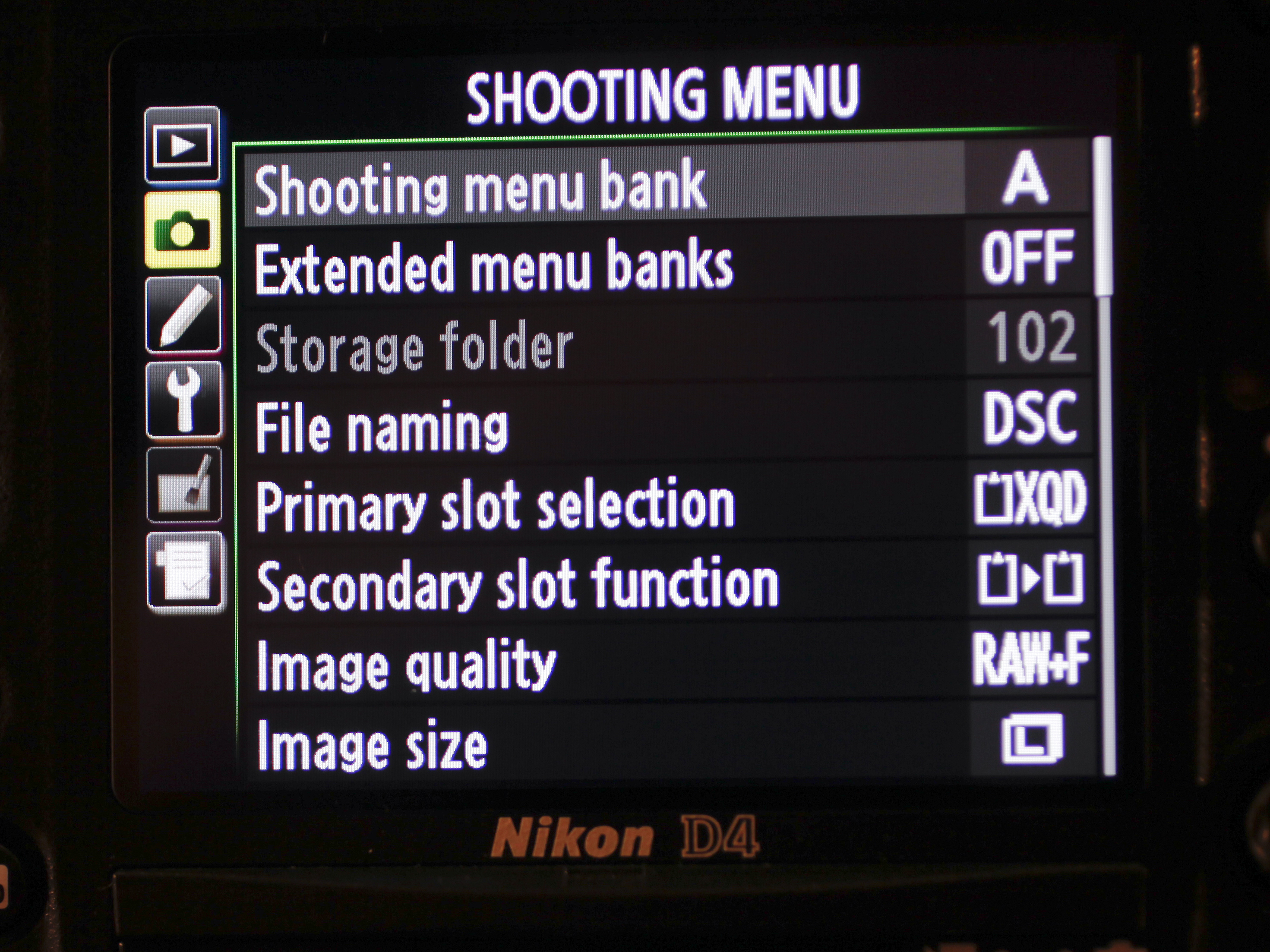
In fact, they all fit within the DX crop. It would be nice to be able to select a few AF points outside of this area, a bit closer to the edge of the frame.
Like the still images from the Nikon D4, its videos have good colour and exposure. The footage is also smooth and detailed. However, manual focus is still recommended during recording, because the contrast detection AF system often performs a little forwards and backwards adjustment.
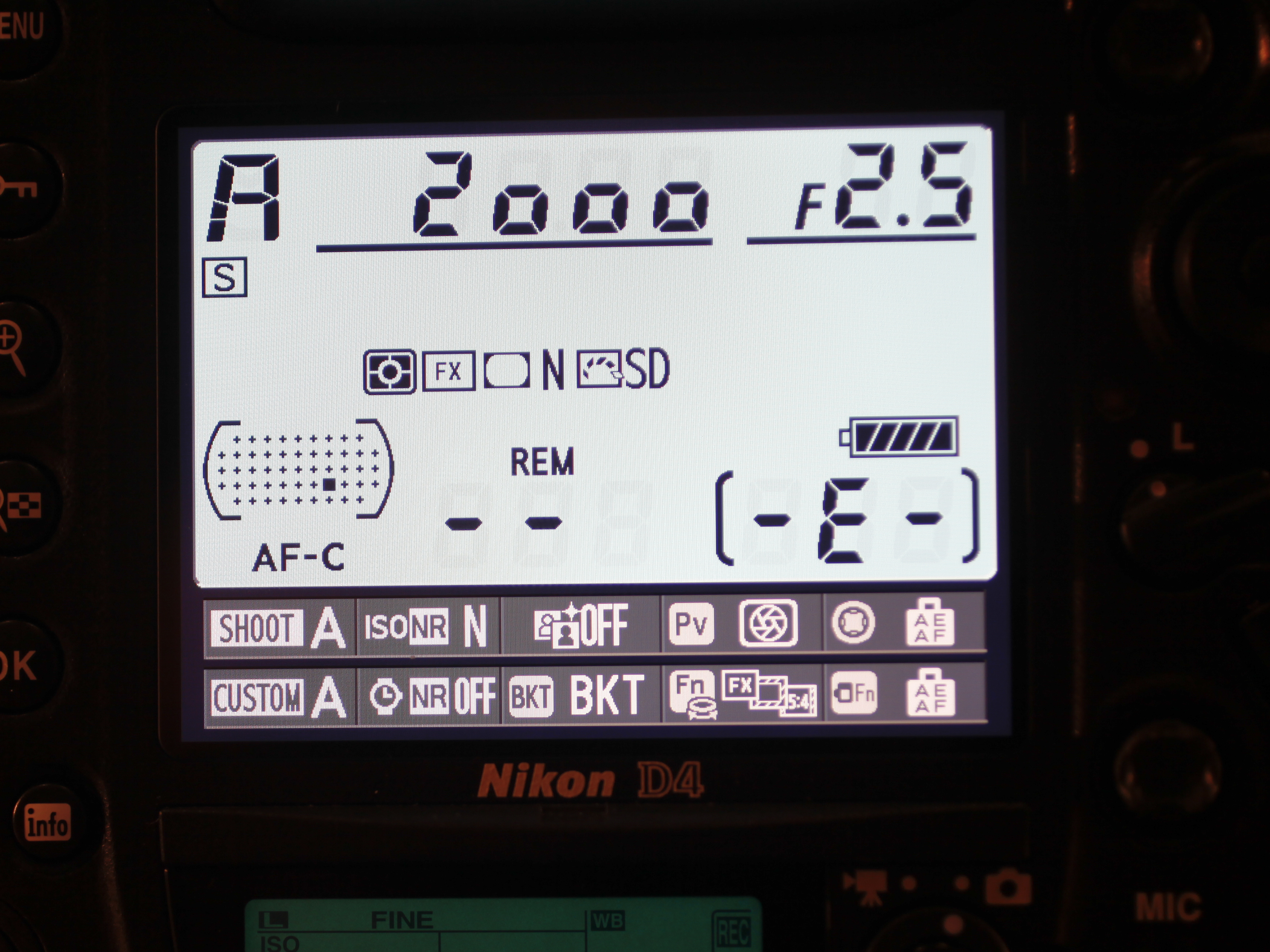
The stereo audio input volume can be adjusted via the menu, although perhaps it may be more logical to assign access to these controls via the Voice Memo button (with a mic icon) on the back of the camera.
Audio in and out ports are provided to enable an external mic and earphones to be connected for better sound recording and monitoring.
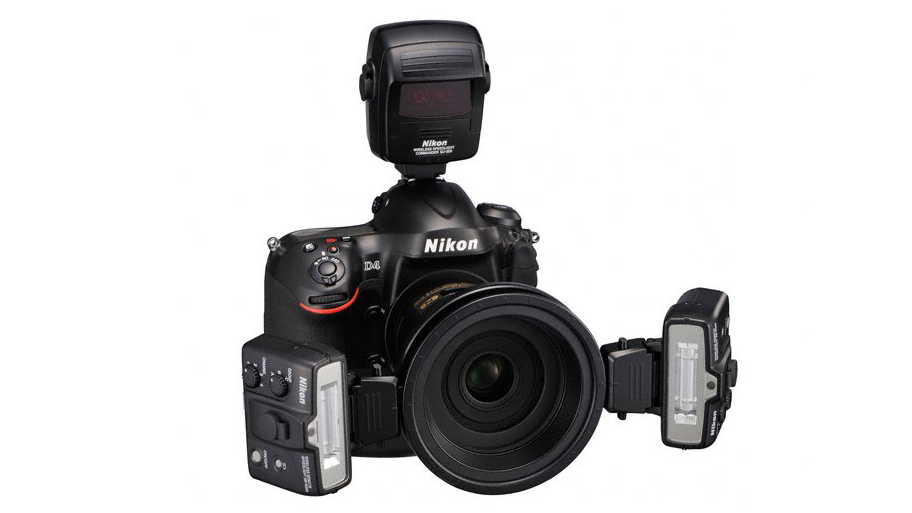
Like the D5100, the Nikon D4 has an HDR mode that combines two images taken at different exposures into one with a greater tonal range. Also like the D5100, this mode can only be selected when the camera is set to shoot JPEGs.
The exposure differential can be set to 1,2 or 3EV or automatic and the Smoothing (or blending) to Normal, High or Low. While this is useful on occasion, the camera only saves the final image, so there's no scope for reworking.
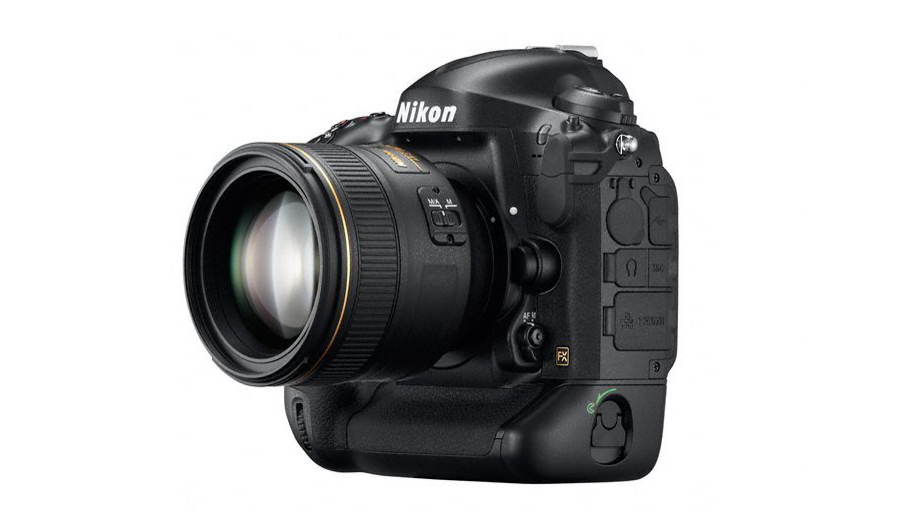
The Canon 5D Mark III is much more useful in this respect, since three exposures (raw and JPEG) can be saved in addition to the combined final image.
As well as the virtual horizon that can be displayed on the LCD screen, the Nikon D4 can use the AF points in the viewfinder to indicate the level of the camera.
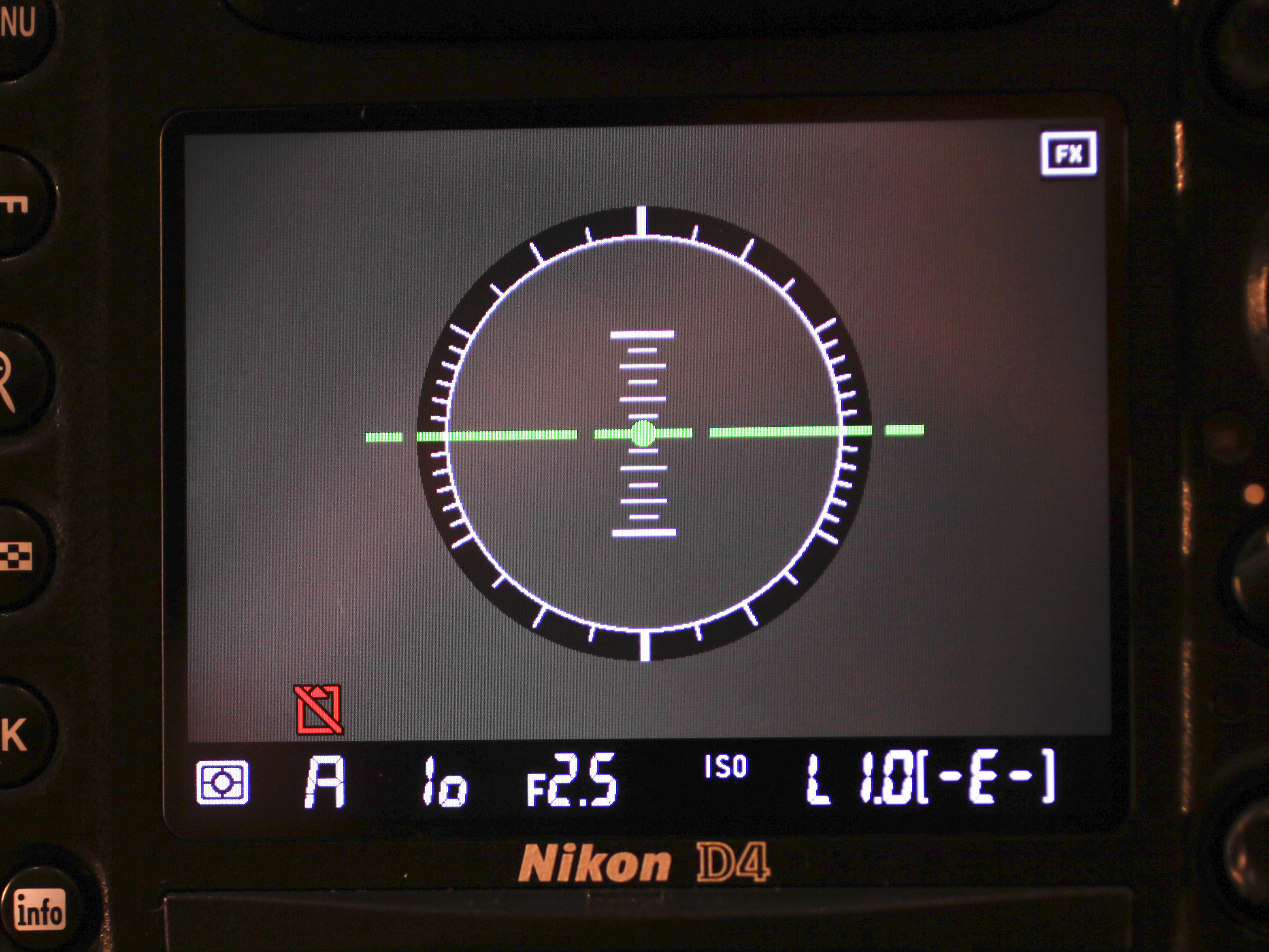
This proves very useful, since it operates and illuminates right up to the point that the shutter release button is fully depressed, while the focus remains at the now hidden active AF point.
